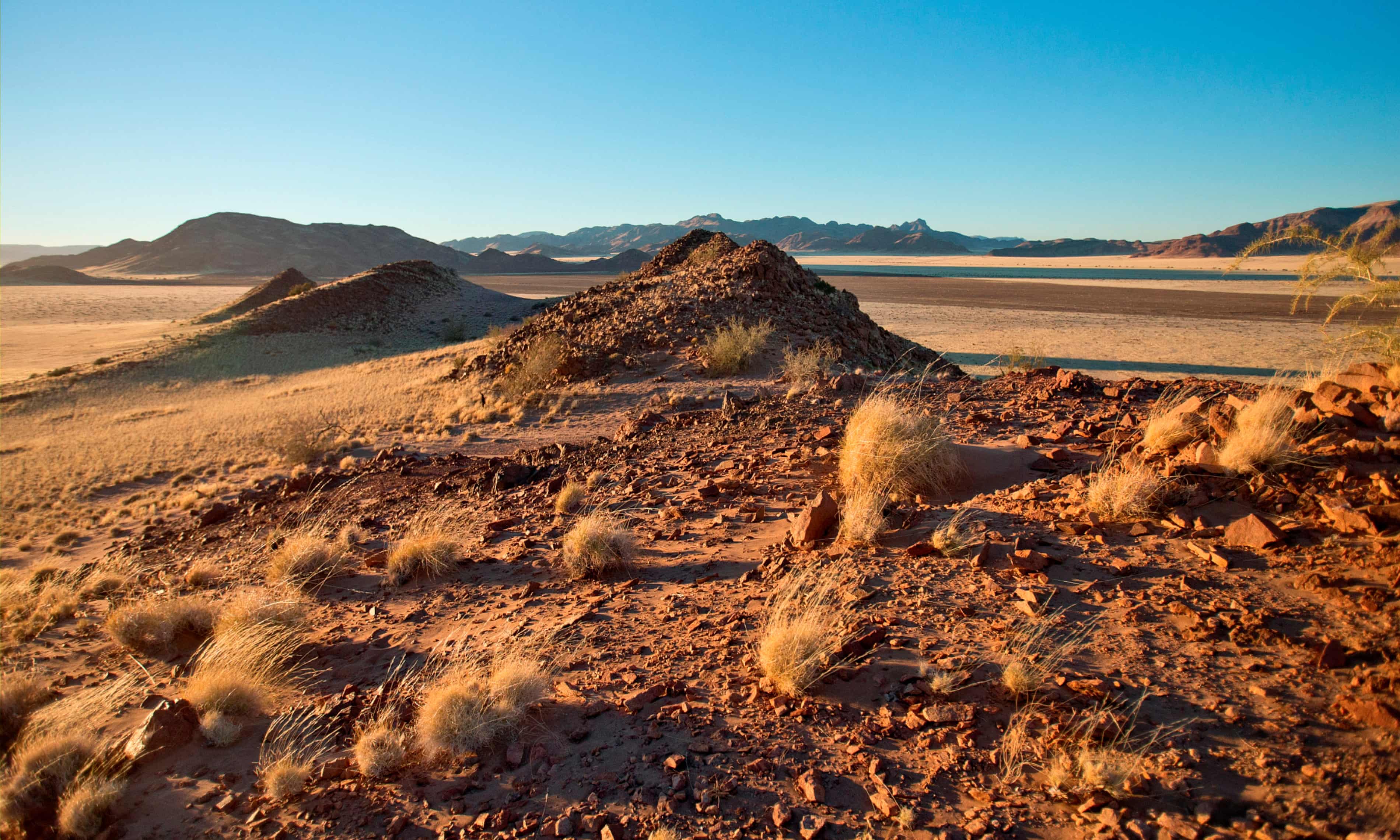
An area of land nearly a third larger than India has turned from humid conditions to dryland in the past three decades. Drylands are areas where 90% of the rainfall is lost to evaporation, leaving only 10% for vegetation.
Drylands now make up 40% of all land on Earth, excluding Antarctica. Three-quarters of the world’s land suffered drier conditions in the past 30 years, which is likely to be permanent, according to the study by the UN Science Policy Interface, a body of scientists convened by the United Nations.
Ibrahim Thiaw, executive secretary of the UN convention to combat desertification (UNCCD), said: “Unlike droughts – temporary periods of low rainfall – aridity represents a permanent, unrelenting transformation.
“Droughts end. When an area’s climate becomes drier, however, the ability to return to previous conditions is lost. The drier climates now affecting vast lands across the globe will not return to how they were, and this change is redefining life on Earth.”
Two-thirds of land globally will store less water by mid-century.
The world’s water problems are fast growing more acute as a result of global failure to tackle greenhouse gas emissions. According to the UN SPI (science-policy interface) study, as of 2020, about 30% of the population – 2.3 billion people globally – lived in drylands, up from about 22.5% in 1990.
By 2100, this is projected to double, if too little is done to reduce carbon emissions. Nearly half of Africa’s people already live in drylands. Maize yields are projected to halve in Kenya by 2050, if current trends continue.
Barron Orr, chief scientist at UNCCD, said: “For the first time, a UN scientific body is warning that burning fossil fuels is causing permanent drying across much of the world, with potentially catastrophic impacts affecting access to water that could push people and nature even closer to disastrous tipping points.”
Climate breakdown is “inextricably linked” to the world’s water crisis, multiple studies have shown, but poor farming practices, overextraction of water, the erosion of soil and destruction of natural vegetation are also factors.